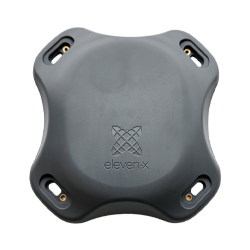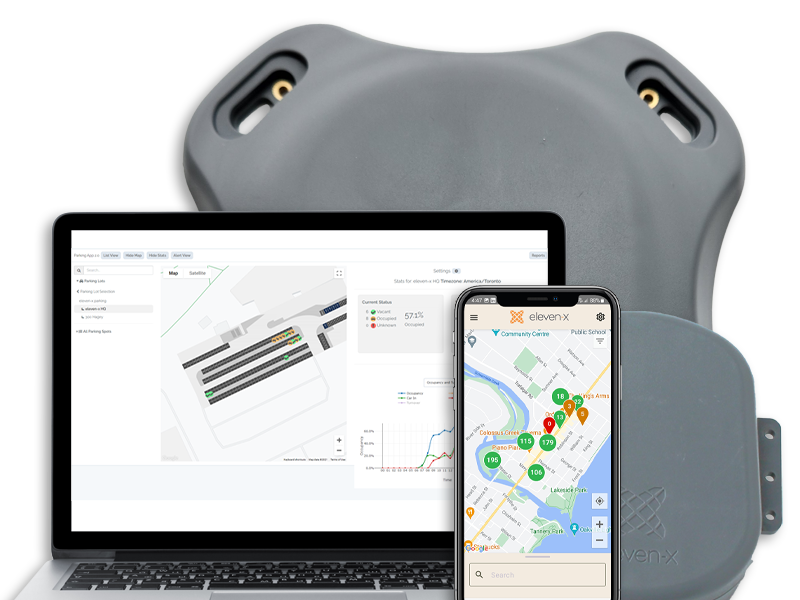

-
Smart parking starts with innovative sensor technology.
The wireless SPS-X is an award-winning, patented sensor that collects and transmits status and data in real-time and includes industry-changing features such as:
- 99.7% pinpoint accuracy in all environments
- Exceptional reliability that is continually tested
- Ultra-long battery life that lasts up to 10 years via LoRaWAN® technology
- Ironclad data security delivered via ultra-secure, carrier-grade IoT wireless connectivity
- Designed for any environment including indoor, outdoor, above or in-ground
-
True Occupancy Gives Drivers and Management Full Visibility...
Drivers can quickly locate available spaces via the eXactnav™ space availability and wayfinding app, online website, or street-level signage can be used to direct drivers. When a car pulls into a space, the SPS-X sensor will detect the presence of a vehicle and monitor occupancy duration.
- Wayfinding and guidance - helps drivers get to where they want to be quickly, reducing traffic while optimizing asset use
-
eXactnav - provides accurate, real-time stall status and offers navigation for drivers directly to available spots
And the benefits to parking management moves them beyond using inaccurate paid transactional data and gives them access to true occupancy data to enable:
- Intelligent Enforcement - to streamline operations and increase the safety of the bylaw officers
- Dynamic Pricing - to balance demand and efficient use of parking spaces during peak and off times
- Infrastructure planning - to understand parking trends and patterns and properly plan future requirements
- And more!
-
Customized dashboard analytics help parking managers make better decisions
The eXactpark solution includes a customized dashboard designed to meet your organization’s unique managerial and operational needs. Alternatively, you can easily connect via APIs to your current data platform/back office for easy and secure 24/7 access to over 20 different types of analytics, including:
- Individual space use counts
- Turnover
- Service Level
- Pattern Analysis
- Expected Market
- Zone Counts
- Demand Over Time
- Pinch Point Indicators
- Duration
- And more!
-
Performance parking that is scalable and designed to meet the needs from focussed use cases to large city environments
eXactpark is built on an open standard to make it easy for data to travel from sensor to dashboard and easily integrate with other technologies and applications, providing complete performance parking capabilities.


